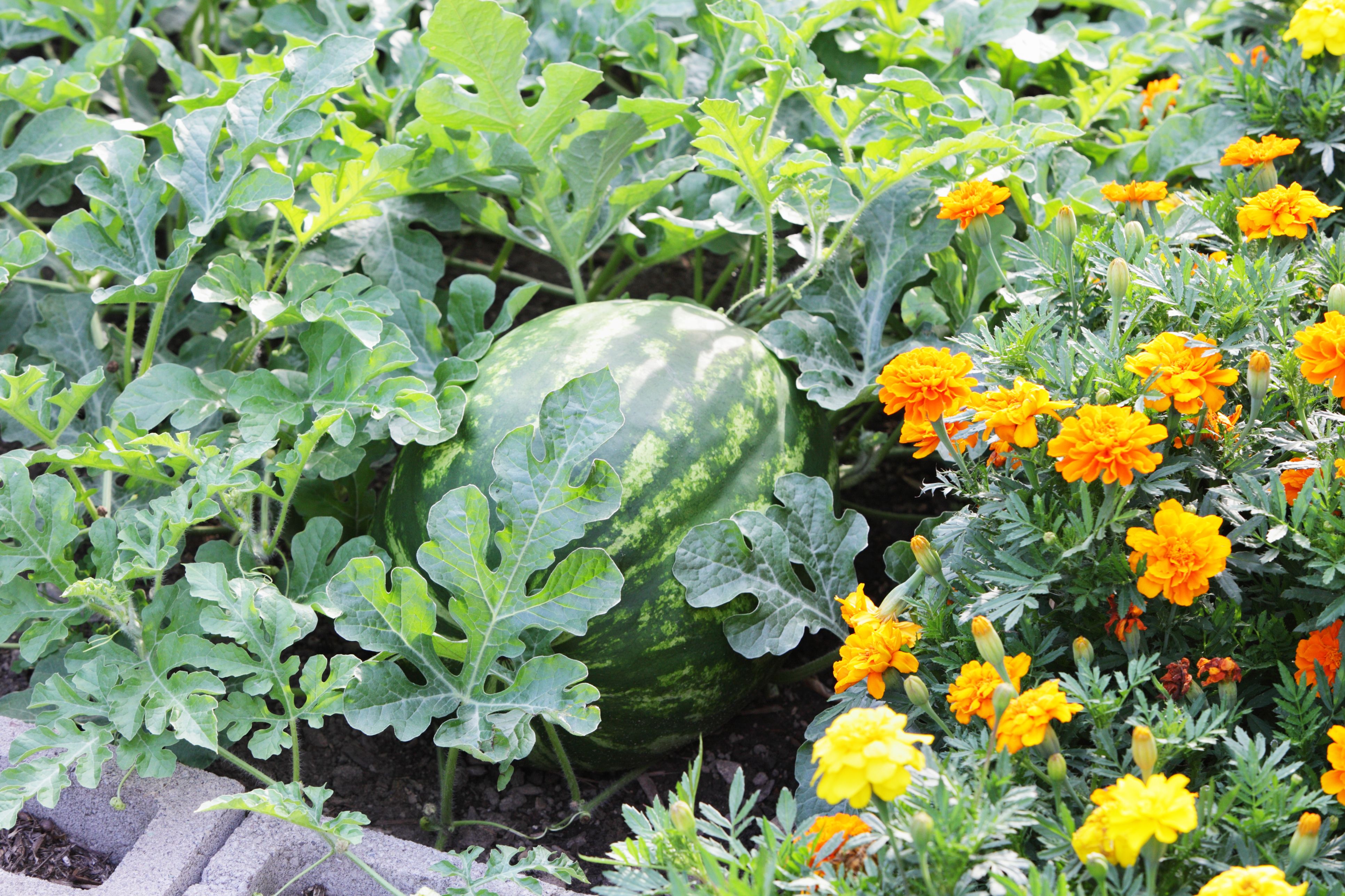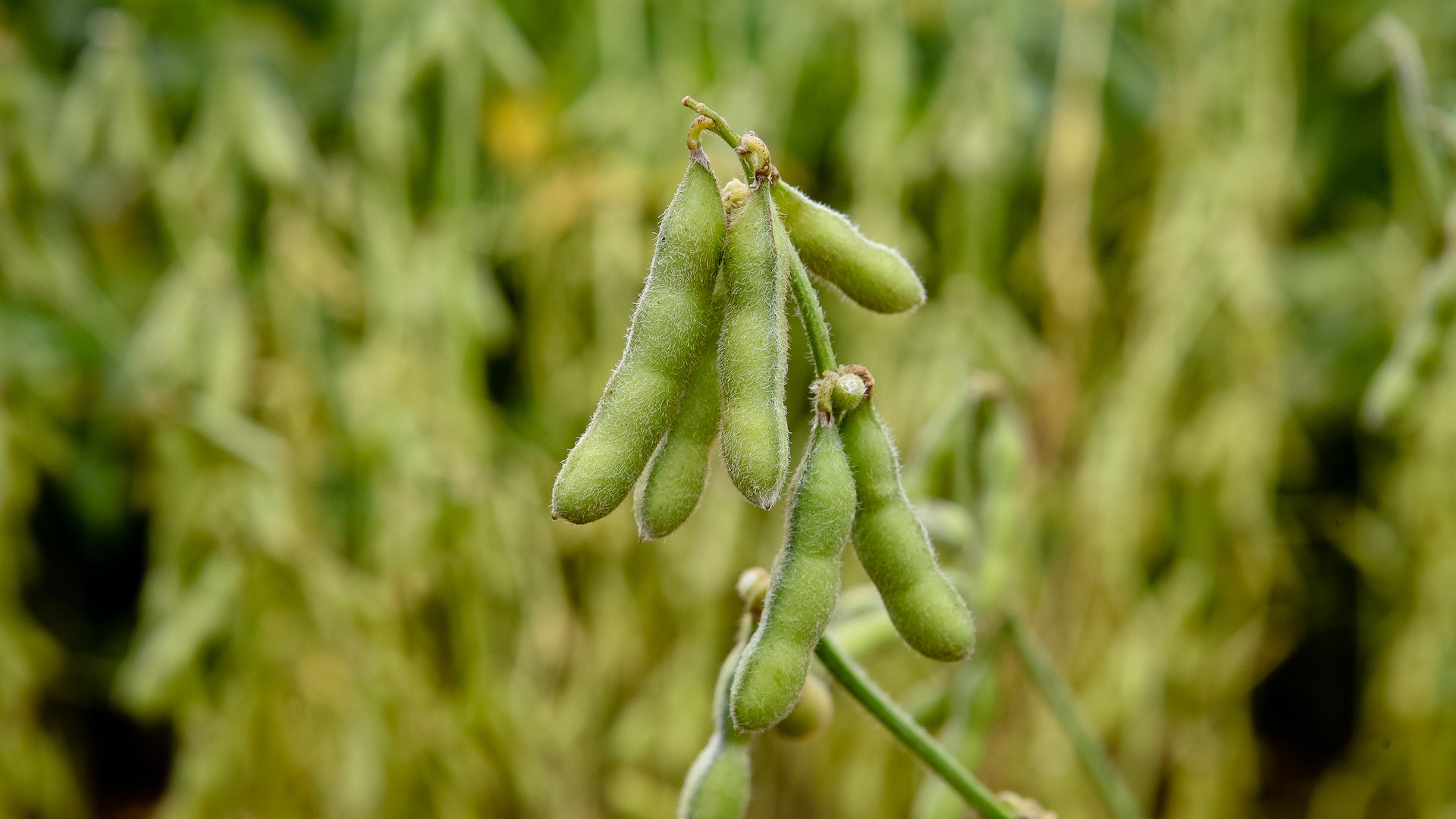Best Companion Plants For Edamame
Edamame Companion Planting: The Ultimate Guide
Edamame is a delicious and nutritious legume that is native to East Asia. It is a member of the pea family and is closely related to soybeans. Edamame is typically eaten immature, when the beans are still in the pod. The beans are boiled or steamed and then served with salt or other seasonings.
Edamame is a relatively easy crop to grow, but it can benefit from companion planting. Companion planting is the practice of planting different types of plants together in order to create a mutually beneficial relationship. Some plants help to attract beneficial insects, while others help to repel pests. Some plants also help to improve the soil quality or provide shade.
There are many different plants that can be grown as companion plants for edamame. Some of the best options include:
- Corn: Corn is a tall plant that provides shade for edamame plants. It also helps to attract beneficial insects, such as ladybugs and parasitic wasps.

- Squash: Squash plants help to suppress weeds and improve the soil quality. They also help to deter pests, such as cucumber beetles and squash bugs.

- Celery: Celery plants help to repel pests, such as aphids and spider mites. They also help to improve the flavor of edamame beans.

- Strawberries: Strawberries help to attract beneficial insects, such as hoverflies and lacewings. They also help to suppress weeds.

- Marigolds: Marigolds help to repel pests, such as nematodes, whiteflies, and aphids. They also help to attract beneficial insects, such as ladybugs and parasitic wasps.

In addition to these plants, there are a number of other herbs and flowers that can be grown as companion plants for edamame. Some of these options include:
- Basil: Basil helps to repel pests, such as mosquitoes and cucumber beetles. It also helps to improve the flavor of edamame beans.

- Cilantro: Cilantro helps to attract beneficial insects, such as ladybugs and parasitic wasps. It also helps to improve the flavor of edamame beans.

- Dill: Dill helps to repel pests, such as aphids and spider mites. It also helps to attract beneficial insects, such as hoverflies and lacewings.

- Mint: Mint helps to repel pests, such as ants and mosquitoes. It also helps to improve the flavor of edamame beans.

- Sunflowers: Sunflowers help to attract beneficial insects, such as ladybugs and parasitic wasps. They also help to provide shade for edamame plants.
When choosing companion plants for edamame, it is important to consider the specific needs of the edamame plants. Edamame plants need full sun and well-drained soil. They also need to be spaced about 12 inches apart.
The companion plants that you choose should not compete with the edamame plants for sunlight, water, or nutrients. They should also be resistant to the same pests and diseases as edamame plants.
By planting the right companion plants, you can help to ensure that your edamame plants are healthy and productive. You can also improve the flavor of your edamame beans and reduce the need for pesticides.
Edamame is a delicious and nutritious legume that can be grown in many different climates. When planting edamame, it is important to consider companion plants. Companion plants are those that benefit each other when grown together. Some good companion plants for edamame include:
- Corn: Corn is a tall plant that provides shade for edamame, which helps to protect it from the sun. Corn also helps to attract pollinators, which are essential for the pollination of edamame.
- Cucumbers: Cucumbers and edamame both need plenty of water, so they can be grown together to help conserve water. Cucumbers also help to suppress weeds, which can compete with edamame for nutrients.
- Potatoes: Potatoes and edamame can be grown together because they have different nutrient requirements. Potatoes need more nitrogen, while edamame needs more phosphorus. This helps to prevent both plants from becoming nutrient deficient.
- Strawberries: Strawberries and edamame can be grown together because they both benefit from a well-drained soil. Strawberries also help to attract beneficial insects, which can help to control pests that may attack edamame.
For more information about companion plants for edamame, please visit Gardenia Inspiration.
FAQ of companion plants for edamame
Q: What are the best companion plants for edamame?
A: Some of the best companion plants for edamame include corn, squash, celery, strawberries, and marigolds. Corn provides shade for the edamame plants, which helps to protect them from pests and diseases. Squash helps to suppress weeds and improve the soil quality. Celery and strawberries are both nitrogen-fixing plants, which means they add nitrogen to the soil, which benefits the edamame plants. Marigolds attract beneficial insects that help to control pests.
Q: Can edamame be planted next to tomatoes?
A: Yes, edamame can be planted next to tomatoes. Both plants prefer full sun and well-drained soil. They also have similar water requirements. However, it is important to note that edamame can be a bit taller than tomatoes, so you may need to stake or trellise them to prevent them from falling over.
Q: What are some plants that should not be planted near edamame?
A: Some plants that should not be planted near edamame include potatoes, beans, and peas. These plants are all legumes, and they can compete with the edamame plants for nutrients and water. Additionally, potatoes can harbor the Colorado potato beetle, which is a pest that can also attack edamame plants.
Q: How do companion plants benefit each other?
A: Companion plants can benefit each other in a number of ways. For example, some plants can attract beneficial insects that help to control pests. Other plants can suppress weeds or improve the soil quality. Still others can provide shade or wind protection. By planting companion plants together, you can create a more balanced and healthy garden.
Q: What are some other benefits of companion planting?
A: In addition to helping to control pests and diseases, companion planting can also help to improve the yield of your crops. It can also help to conserve water and reduce the need for herbicides and pesticides. Companion planting is a great way to create a more sustainable and productive garden.
Image of companion plants for edamame
5 different images of companion plants for edamame from Pinterest:
- Corn: Corn is a good companion plant for edamame because it provides support for the edamame vines to climb. It also helps to shade the edamame plants, which can help to protect them from pests and diseases.

- Cucumbers: Cucumbers and edamame are both heavy feeders, so they can benefit from being planted together. Cucumbers also help to suppress weeds, which can free up the edamame plants to focus on producing beans.

- Potatoes: Potatoes and edamame are both nitrogen-fixing plants, which means they can help to improve the soil quality for each other. Potatoes also help to shade the edamame plants, which can help to protect them from pests and diseases.

- Strawberries: Strawberries and edamame are both relatively short plants, so they can be planted together without competing for space. Strawberries also help to attract pollinators, which can help to improve the pollination of the edamame plants.

- Marigolds: Marigolds are a good companion plant for edamame because they help to repel pests. Marigolds release a scent that is unpleasant to many pests, including Mexican bean beetles and whiteflies.

Post a Comment for " Best Companion Plants For Edamame"